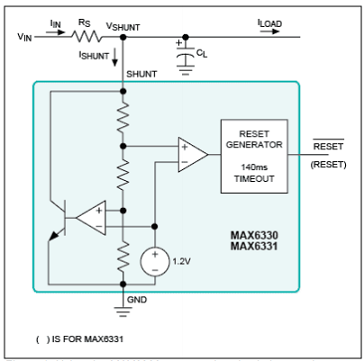
You can find voltage references inside almost any advanced electronic product, either standalone or integrated into larger functions. Understanding the technology as well as the system error budget is an important design consideration. Because of limited space, we suggest further reading in the footnotes as we touch on system concepts. For example:
1. In a voltage regulator, a reference provides a known value that is compared to the output to develop the feedback used to regulate the output voltage.
a. Remote voltage adjustment and power-supply margining may be needed in the application.
2. In a data converter, a reference provides an absolute voltage to compare to the input voltage to determine the proper digital code.
a. Error budgets for an analog-to-digital converter (ADC) and a voltage reference; or digital-to-analog converter (DAC) and a voltage reference combination.
b. Other data converter error sources, effective resolution, and number of bits.
c. Tools and calculators for converter accuracy and clock jitter, signal bandwidth, and THD.
3. In a voltage detector circuit, the reference is used as an absolute threshold to set the trip point.
The required specifications depend on the application. This article discusses the different types of voltage references, their key specifications, and design tradeoffs. It offers information to help designers select the optimum voltage reference for their applications.
Advertisement

Learn more about Maxim Integrated





